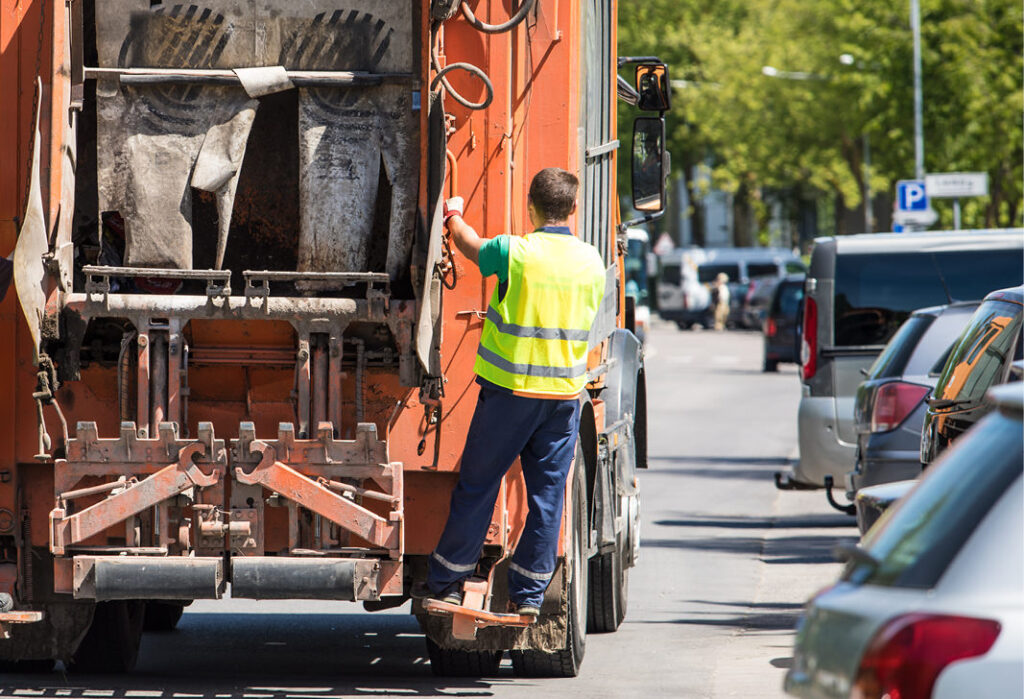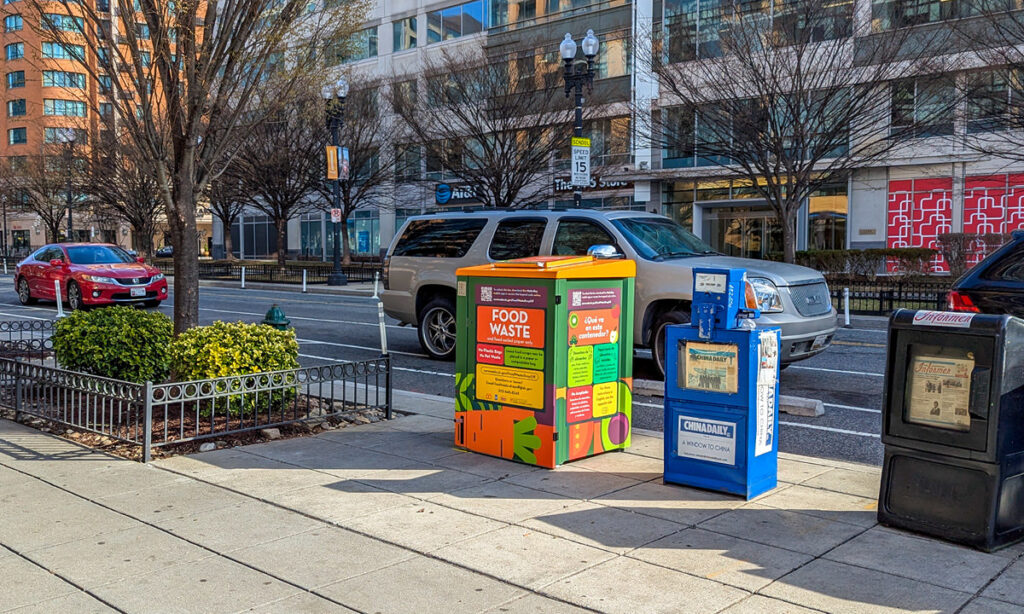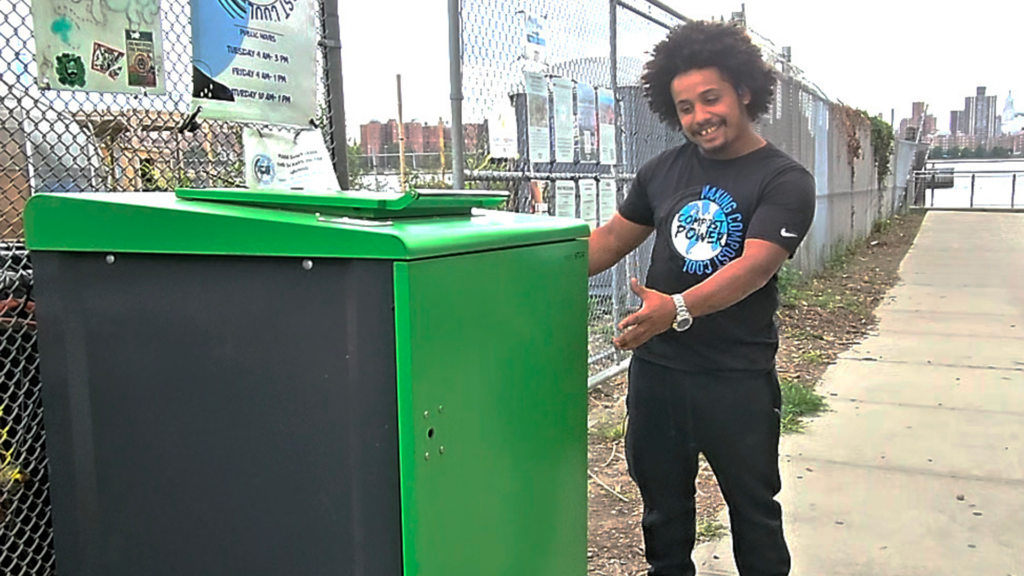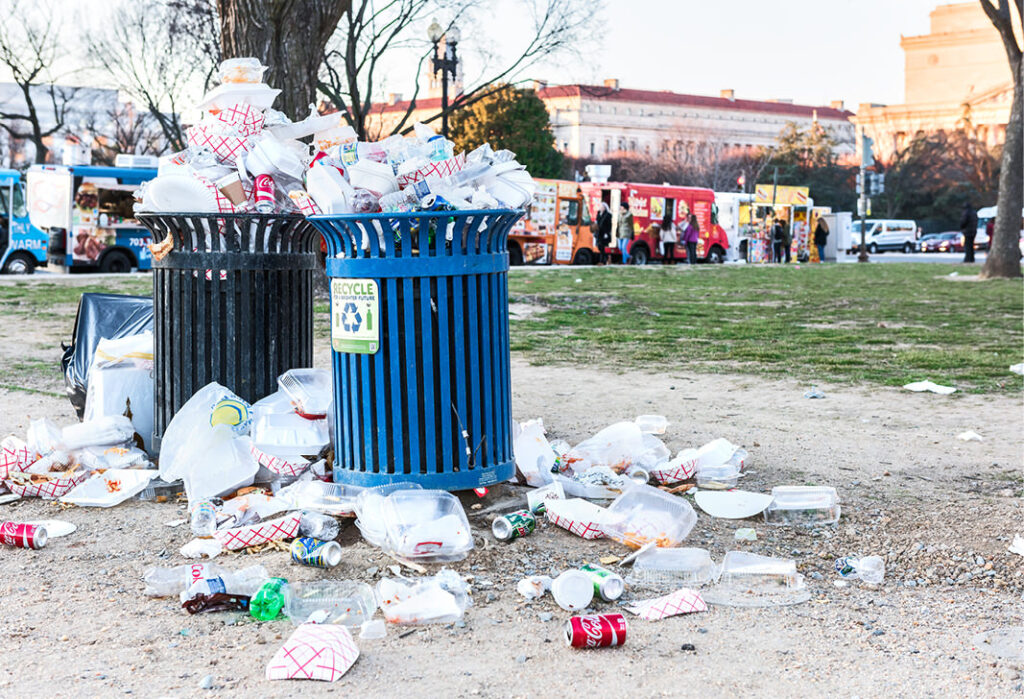
New York’s City’s Rat Czar: Progress so far
Back in December 2022, Mayor Eric Adams’ administration posted a job listing seeking someone to lead the city’s long-running battle against rats. The official job title was “director of rodent mitigation”, promptly dubbed, “the rat czar”.
Initially advertized with a touch of humor and a tonne of seriousness, the listing called for an individual who was “somewhat bloodthirsty” with a “virulent vehemence for vermin” and “a swashbuckling attitude”, on top of the more regular qualifications and experience in public office.
New York’s first ever rat czar was appointed shortly after, with Kathleen Corradi taking on the newly created role and working to coordinate across city government agencies, community organizations and the private sector to reduce the rat population in New York City.
“When I first saw this job posting, I wasn’t sure if it was real,” Ms Corradi said. “Bloodthirsty’ is not a word you usually see in a job description and it’s certainly not a word I usually [use to] describe myself.”
In her first press conference in Harlem, Corradi told reporters, “[The mayor] hates rats. I hate rats. Every New Yorker hates rats… you’ll be seeing a lot of me and a lot less rats… Rats are tough but New Yorkers are tougher.”
Quick Fact File:
Name: Kathleen Corradi
Title: Director of Rodent Mitigation, Office of the Deputy Mayor for Operations (informally known as “Rat Czar”)
Appointed on: April 2023
Background:
The headlines were huge and the press conferences widely referenced across the U.S. and the rest of the world. But behind the alliteration, the puns and the trash-talking “Rat Pack” (Corradi’s team of experts), was a severe problem, threatening health and quality of life across the city.
So, where are we now?

Efforts have been concentrated across NYC’s four Rat Mitigation Zones (RMZs):
These zones receive special attention owing to their “historic high rat burden and complaints”. Here, the City focuses a data-driven, coordinated, multiagency effort to address rats and the conditions that cause them.
The NYC Health Department, Department of Parks and Recreation, Department of Sanitation, Department of Education, and Housing Authority work together to improve neighborhood sanitation by eliminating the food, water and habitat that rats need to survive. The goal is to address the underlying conditions that support rat colonies, while also exterminating rats.
Under the leadership of Kathleen Corradi, New York City has implemented significant reforms to its waste management practices. These have particularly focused on minimizing the availability of food sources for rats by altering trash disposal methods, collecting organics, regulating outdoor dining structures and collaborating with various city agencies and private entities to ensure a unified approach.
Anti-Rodent Mechanisms
Public Engagement through Rat Walks
To educate residents, Corradi initiated Rat Walks across the five boroughs. These walks inform the public about rat behaviors and how human actions, like improper waste disposal, contribute to infestations.
The program emphasizes community involvement in maintaining cleanliness and ensuring that “rodent-proof” containers remain rodent-proof through correct use. Corradi demonstrated how a large pizza box wedging open a rodent-proof trashcan, immediately renders it, NOT rodent-proof at all.
Other initiatives include the introduction of rat contraceptives as a humane method to control the rodent population, mandatory trash containerization for businesses and revised trash set-out times.
Organics Collection (Won’t it be gross?)
From April 1, 2025, leaf and yard waste, food waste and food-soiled paper separation from trash became mandatory CITYWIDE with fines for property owners who do not separate compostable material from trash. Adams’ administration strongly state, “Every food scrap that we keep out of the trash and every black bag that we keep off the street is a meal that we’re taking out of a hungry rodent’s stomach. Less access to food means fewer rats.”
In public housing complexes across the city, composting programs where residents can recycle food scraps, are thriving. Founder of Compost Power, Domingo Morales has worked across NYC, proving that resident-led food scrap separation can and does succeed, even in high-density, low-income communities.


Through a combination of education, empowerment and infrastructure, including smart, rodent-proof bins with keypad access for 24/7 drop-off, Domingo and his team have seen participation rates rise and contamination fall. In one Williamsburg site, food scrap contamination dropped majorly, by an impressive 85%.
Speaking at metroSTOR’s recent webinar, on his food scraps recycling programs, Domingo said, “People call me the Gordon Ramsay of community composting. Our compost is very clean and I have zero tolerance for odors or rats. I don’t like smelly sites or sites with rats, which is why we created the Rodent Reduction Rubric. It’s a guide for building compost sites without odors and rodent issues. That’s how I overcame my own concerns… our process works.”
Mayor Adams released data showing a 20 percent decrease in 311 calls about rat activity across the city in two months, compared to the same time the previous year. In this time, the city’s four rat mitigation zones saw rat sighting calls decrease by more than 45 percent.
Importantly, the reduction in rat-related calls took place from May to mid-July, a period when the city had fully implemented new set-out times for trash collection and a corresponding collection schedule.
The successful rollout of organics collection programs “taken rat food” out of black bags and into secure containers. In fact, in just three months, the Queens curbside organics program kept 12.7 million pounds of yard and food waste out of black bags, starving out hungry rats.
The need for the right, rodent-proof infrastructure is clearer than ever, for trash and our food waste.
New York City may have led the headlines with the appointment of its first rat czar, but a coordinated movement is now building across North America, with several major cities adopting similarly proactive strategies.
One of the most connected figures in this growing network is Gerard Brown, Washington DC’s own Rodent and Vector Control Division Program Manager. Gerard’s work is bridging city government, local businesses and national advocacy.

Brown’s remit goes far beyond traditional pest control. He regularly attends and speaks at rodent control events, engages with Business Improvement Districts (BIDs) and community organizations. Gerard advises on procurement, maintenance, and infrastructure strategy for secure waste containment.
His central message is clear: controlling rats starts with containing their food — especially in public spaces and commercial areas where uncovered bins can quickly become an all-you-can-eat buffet.
“If the new trash that comes with new residents and new construction isn’t stored properly, that will mean more rats”, stated Gerard Brown.
In DC’s Volta Park, Brown has helped navigate a particularly urgent rat problem, advocating for enclosed trash cans and working through inter-agency challenges over maintenance responsibilities. Similar pilot schemes with the National Park Service have demonstrated success in reducing rodent activity by simply sealing off waste. Brown is now in discussions with local BIDs about piloting metroSTOR enclosed solutions in downtown areas and has expressed strong interest in enclosed dumpsters for business waste, an area where secure, high-capacity options are urgently needed.

What is especially notable is the way these local champions are now connecting. In July, the Annual Rodent Academy, organised by Gerard Brown, will bring together businesses, property managers and public officials to discuss rodent behaviour, control strategies and infrastructure solutions. Cities such as Toronto, where new interest has emerged in rodent-resistant waste systems, are already engaging through this growing network.
As more urban centres recognise that rodent control is a design and infrastructure challenge as much as it is a sanitation one — enclosed, durable and user-friendly containment systems are moving centre stage.
With advocates like Gerard Brown and Kathleen Corradi leading the charge, a new standard is being set for how cities tackle rats. This goes beyond traps and poisons with joined-up thinking, secure design and long-term public health goals.